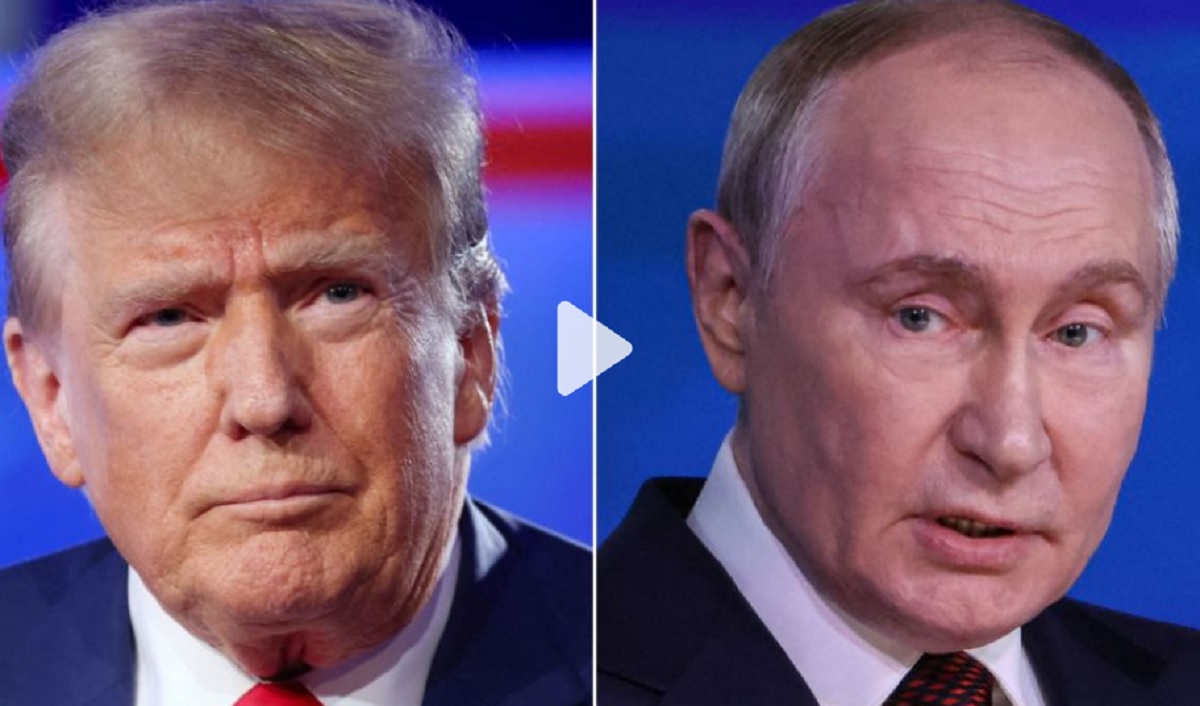WASHINGTON D.C. – The world holds its breath as President Donald Trump dramatically escalated pressure on Moscow, issuing a jaw-dropping 50-day deadline to Russian President Vladimir Putin to forge a peace deal in Ukraine, threatening “very severe” and unprecedented economic retaliation if a ceasefire isn’t secured! This bombshell announcement came alongside a groundbreaking, novel strategy to funnel weapons to Ukraine, shifting the financial burden to European allies.
In a direct and stark message delivered from the Oval Office, Trump declared that if a peace agreement isn’t reached within the next 50 days, the United States will unleash “secondary tariffs” of a staggering 100% on Russia and its trading partners. This audacious move aims to economically isolate Moscow on a global scale, fundamentally altering the calculus of the ongoing conflict.
“I use trade for a lot of things,” Trump stated, “but it’s great for settling wars.” The President’s growing frustration with Putin’s relentless onslaught on Ukrainian civilians appears to have reached a boiling point, prompting this aggressive stance.
A Game-Changing Arms Deal: Europe to Foot the Bill!
Beyond the tariff threat, Trump unveiled a revolutionary approach to arming Ukraine. Instead of direct U.S. financial aid for weapons, European allies will now purchase billions of dollars worth of U.S. military equipment – including crucial Patriot missile batteries – and then transfer them directly to Kyiv.
“We’re going to supply weapons to NATO at a large amount,” Trump asserted, confirming that Germany, Finland, Canada, Norway, Sweden, the United Kingdom, and Denmark are among the nations stepping up to buy these “top-of-the-line” American munitions. NATO Secretary-General Mark Rutte, who was present for the announcement, emphasized that “speed is of the essence here,” signaling an urgent push to bolster Ukraine’s defenses.
This innovative plan is designed to empower Ukraine to defend itself against intensified Russian attacks while significantly easing Washington’s financial commitment. It also forces European nations to take a more direct and financially responsible role in supporting Ukraine, a long-standing point of contention for the U.S.
As the 50-day clock begins its countdown, the world watches to see if Trump’s high-stakes gamble will finally push Moscow towards a negotiated settlement, or if his “brutal punishment” will usher in a new era of global economic warfare. The future of Ukraine, and indeed the global geopolitical landscape, hangs precariously in the balance.

Ang 2jl.one ay isang shortcut para sa aking paboritong laro. Ang loading time ay napakabilis at ang graphics ay totoo. Ang mobile support ay ganap! 2jl.one